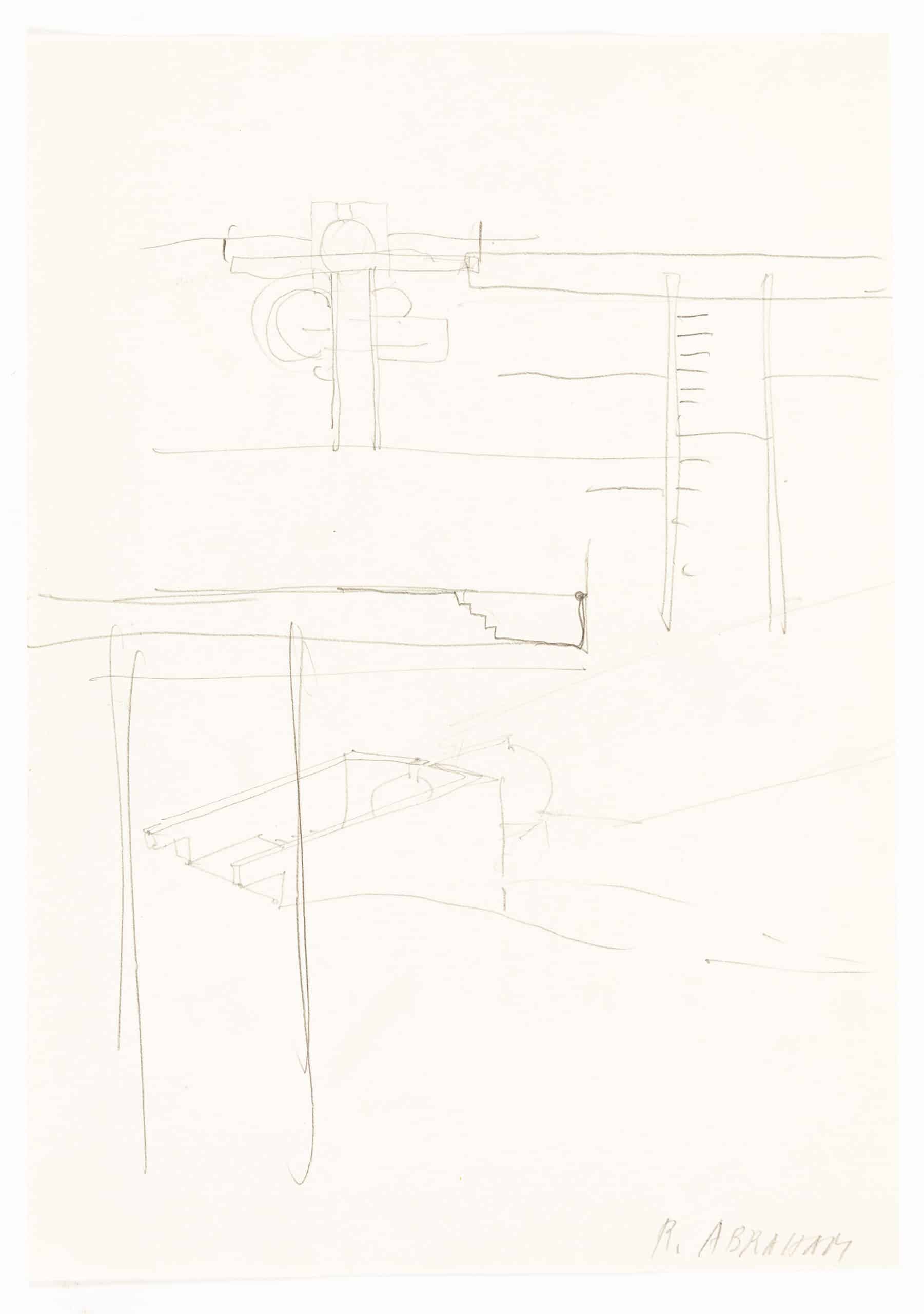On Drawing
from 'In Anticipation of Architecture: Fragmentary Notes'

A drawing for me is a model that oscillates between the idea and the physical, or built, reality of architecture. It is not a step toward this reality but an autonomous act to anticipate the concreteness of the ideal. An architectural drawing can never be rendered but must surrender to the laws of construction, revealing the idea of the inherent syntactic form through the grammar of lines. The line demands the precision of geometry, while the layering of pigments expresses the inner and outer qualities of materiality through texture. The first markings on a white sheet of paper, the first carvings in stone, the first engravings in metallic plates represent the beginning of architecture, the primal act of construction toward the realisation of an idea.
To draw is to cut an idea into a body, violating its silence.
To draw is to map the world through signs, locating the absence of the eyes.

Quoted from ‘In Anticipation of Architecture: Fragmentary Notes,’ [1990–95], in Raimund Abraham [UN]BUILT, ed. Brigitte Groihofer (Vienna: Ambra Verlag, 2011), p.101.
